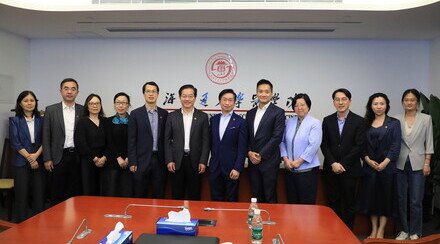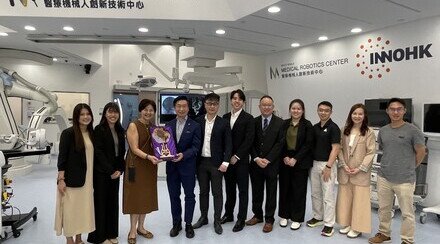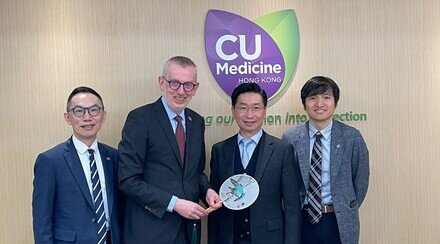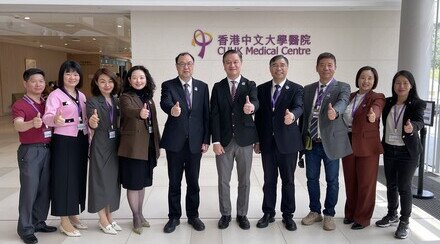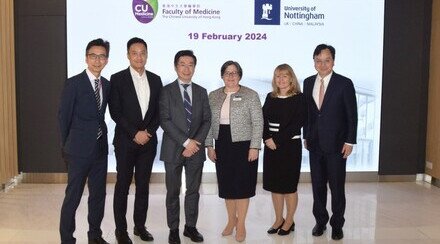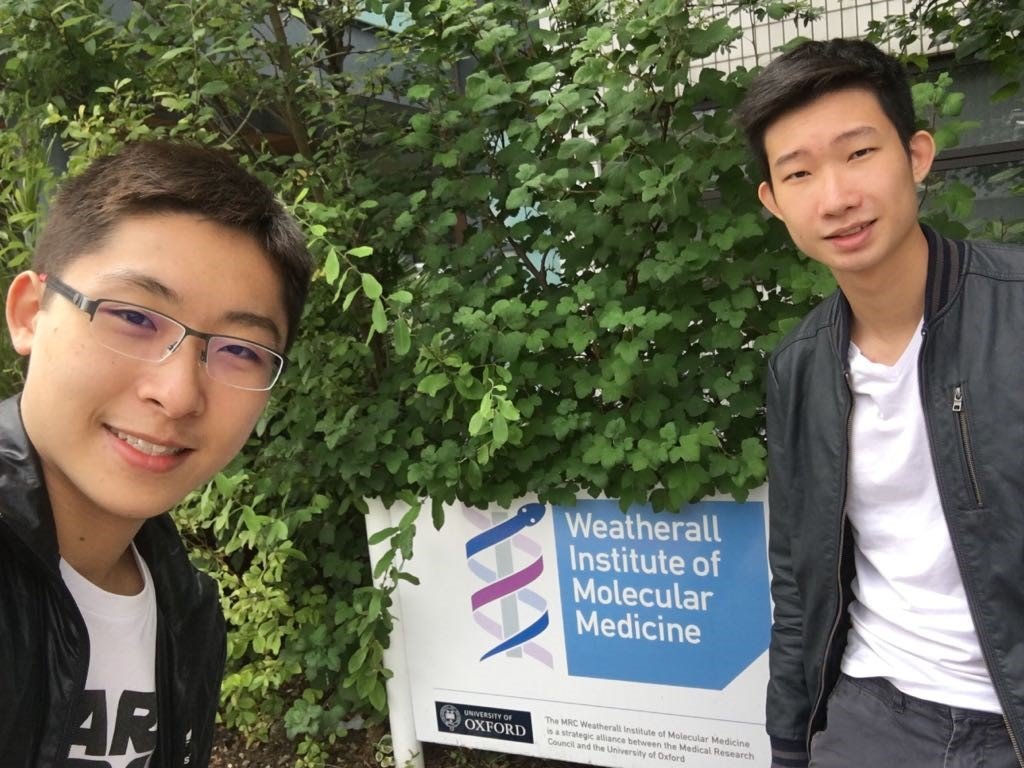
MRC Molecular Haematology Unit, the Weatherall Institute of Molecular Medicine, University of Oxford
Name: Wong Gabriel Chun Hei
Attachment: MRC Molecular Haematology Unit, the Weatherall Institute of Molecular Medicine, University of Oxford
Period: 26 June 2017- 27 July 2017 and 08 August 2017- 18 August 2017
This summer I attached to a haematopoiesis lab at the Weatherall Institute of Molecular Medicine in the University of Oxford, where I mainly participated in a big project on the characterisation of the differentiation potentials of two newly identified lymphoid-primed multipotent progenitor (LMPP) subpopulations. Our results showed that most haematopoietic progenitor types studied, even though in bulk can give rise to multiple cell types, when dialed down to single cell level, actually were predominantly unipotent.
 |
| Figure 1: My classmate Frankie and me as summer interns at the Weatherall Institute of Molecular Medicine – Frankie chose clinical genetics while I attached to a haematopoiesis lab. |
Throughout the internship period, I learnt about and took part in forefront research in haematopoiesis, a topic that I would otherwise remain unfamiliar with until I reach my clinical years. On top of basic laboratory techniques of tissue culture, protein and nucleic acid analysis, I also got to try out for myself several advanced methods commonly employed in biomedical research nowadays – including flow cytometry which characterises cells according to their size, granularity, and cell surface markers, as well as single cell technology, a relatively new concept that is becoming increasingly prevalent and important across fields.
 |
| Figure 2: Flow cytometric analysis of the potential of a single granulocyte-macrophage progenitor (GMP) to give rise to mature granulocytes, monocytes, natural killer cells, and B lymphocytes. |
I also regularly joined lab meetings and journal clubs with my laboratory group. Initially I had difficulty following the discussions, but gradually I get used and those became educational and enjoyable for me. They intrigued me especially with the extraordinary degree of rigour they apply to investigating experimental design and every argument presented in scientific papers. Often, multiple layers of evidence are required to support a single reasoning step; for instance, showing by gene expression profiling that certain genes are turned on or off as the cell differentiates from a cell type to another is still merely a statistical correlation, and has to be supplemented with subsequent functional assays.
Lunchtime seminars were another highlight. Once or twice per week, guest speakers are invited into the WIMM to share their work and exchange their expert opinions. Even though attending these implies sacrificing my lunch break, I always sit in as here I get exposed to wide variety of research areas, and I find them very stimulating.
 |
| Figure 3: A talk I attended on tumour-stromal interactions via a TNFα- TGFα-EGFR loop – it was given by Prof. Joseph Kwong, a visiting scholar from my home university, the Chinese University of Hong Kong! |
Other than tangible scientific knowledge, I also gained insights into what it is like in real life to be a full-time biomedical researcher. I am thankful to my lab group who took really good care of me, guiding me whenever I needed help; yet, from observing their work, I saw how independent one has to be if one is to take up science as a career – it involves macro planning of the whole project down to executing every detail of the protocol all by oneself. My supervisors demonstrated the quality of always having a clear picture in mind about their research direction and plans. They will act as my role models when I take up research projects of my own in the future!
 |
| Figure 4: My laboratory group organised a cake gathering on my last day – how sweet! |




